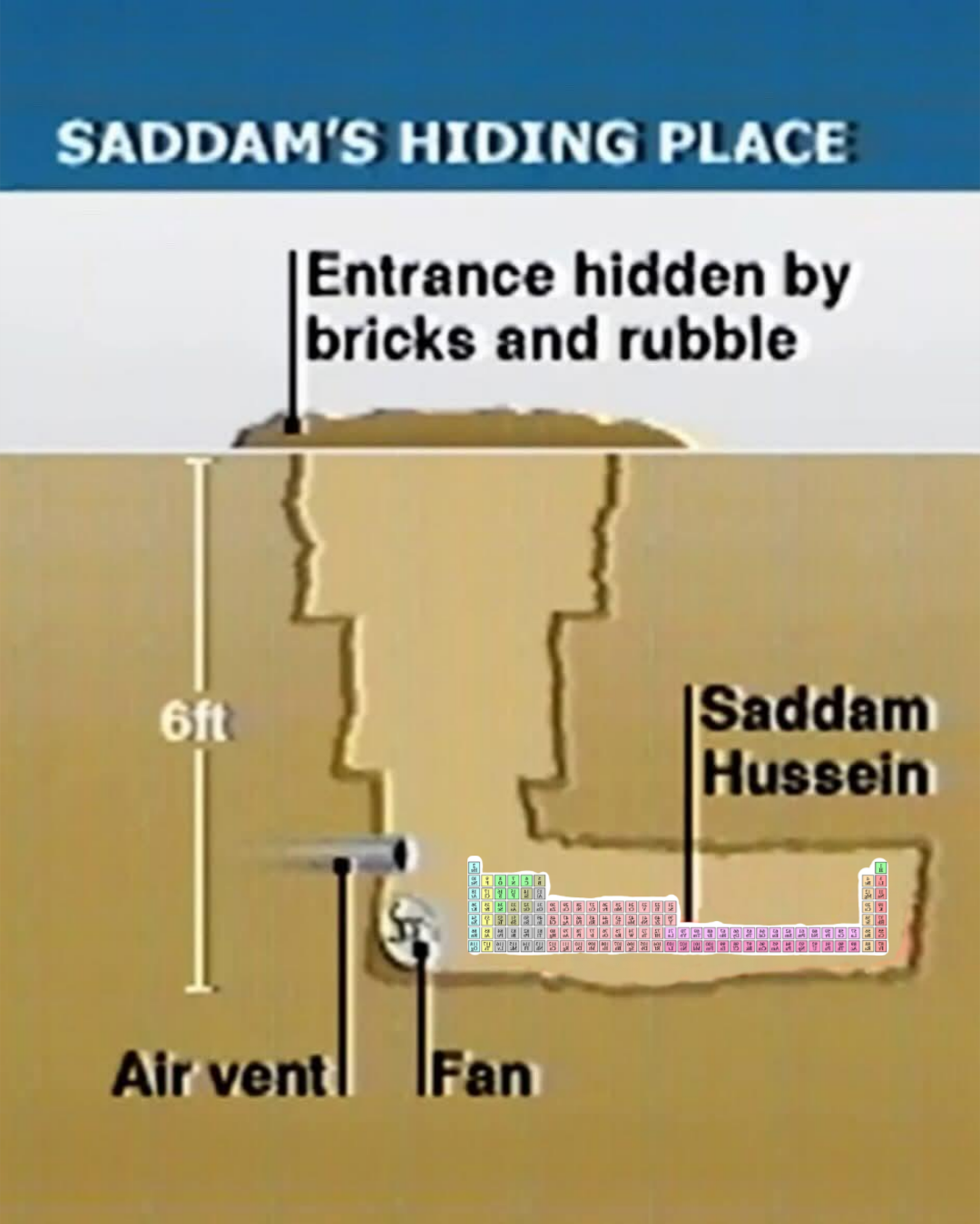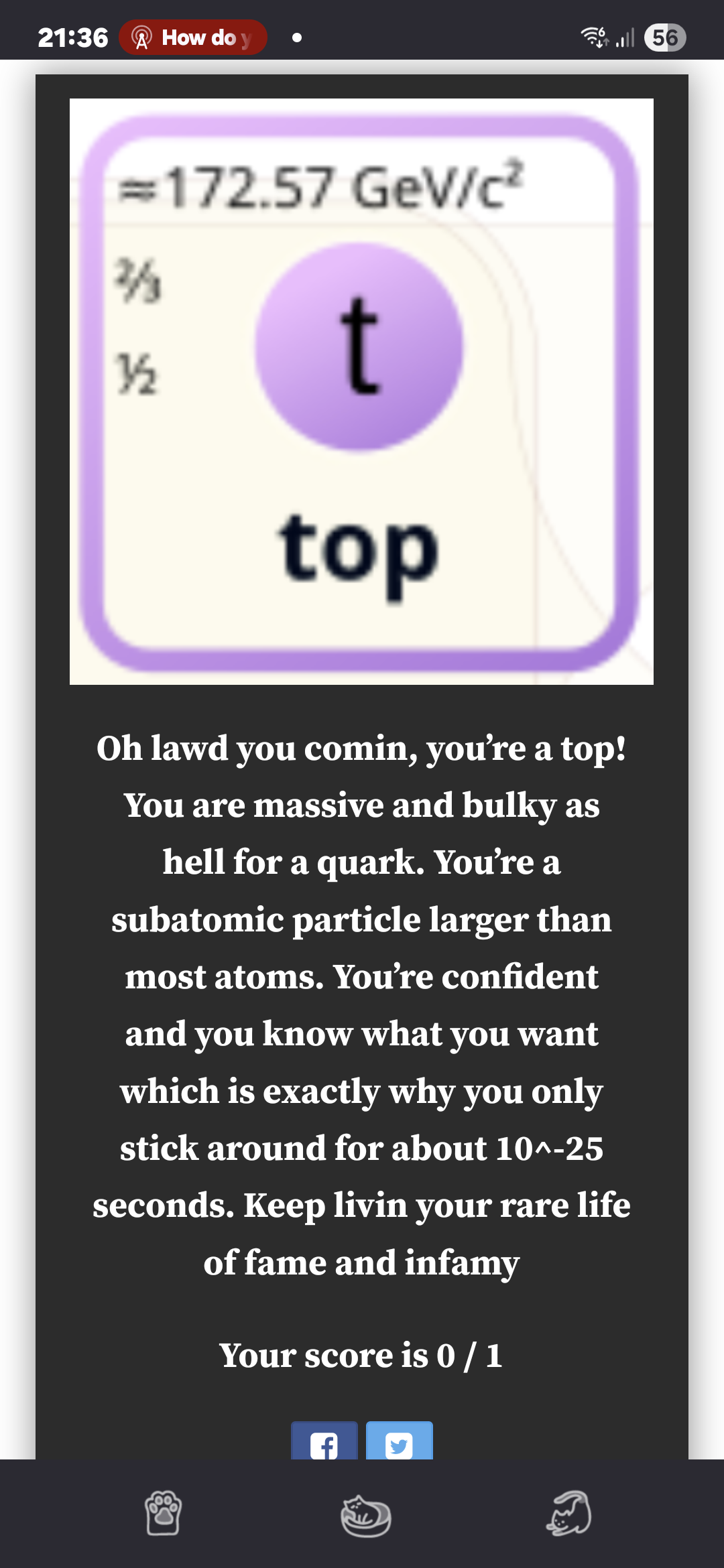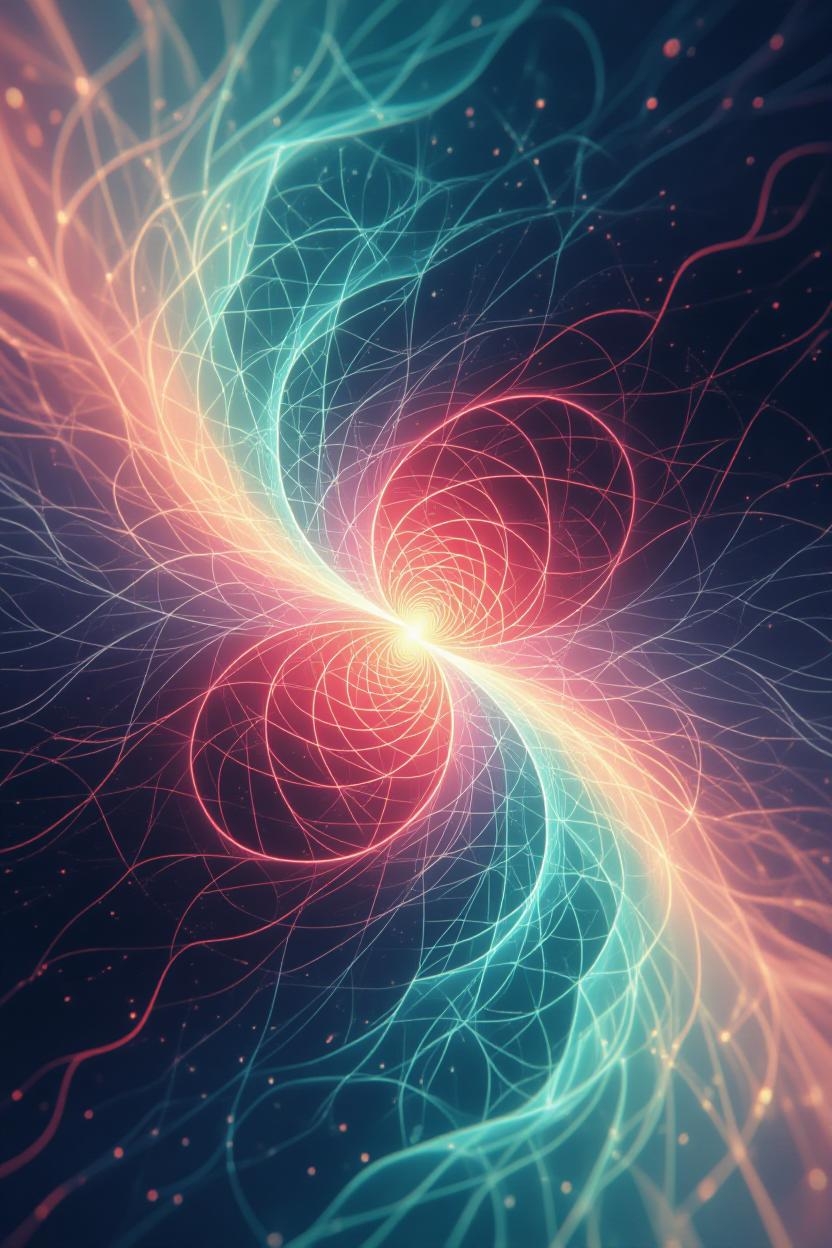https://jabde.com/2024/08/10/should-neutron-stars-be-added-to-the-periodic-table/
I say yes, entirely because it’s hilarious

The rare reverse-Saddam.
The air vent is actually a particle accelerator shooting neutrons into the periodic table.
The particle is a neutron star
I’ve never seen a reverse-Saddam and I am delighted to say that I’m glad it was in this community.
It’s a rare Saddam ( ^-^)ノ∠※。.:*:・'°☆

Godamn a perfect PSA 10. That is a rare Saddam indeed.
My brother had to look it up.
It’s a real card. $300, he’s gonna try to get one lol
not to scale
After reading I realised that this proposal isn’t a single new element for all neutron stars, but a separate new entry on the table for every individual neutron star in existence, unless there are two that happen to have the exact same number of protons which is unlikely. Sounds good to me
protons
we have assumed that Rex is comprised of a uniform nucleon fluid, with protons, neutrons and electrons in an idealised 1:8:1 ratio
This is how the author is estimating it, they are assuming 1/9th of the mass is protons. No idea how good that assumption is though, there is a source which doesn’t look the most convincing
Whoopsie. I used to assume neutron stars are made of neutrons. It turns out Big Astronomy lied to me.
Neutron stars are made of neutrons in the same way that tapwater is made of water molecules: primarily, but not entirely
Neutron stars have so high pressure that MOST but not all protons decay into neutrons plus
electronspositrons (plus neutrinos)Edit: (see quote below)
I’m not exactly well-read on particle physics, but to my understanding neutrons and neutrinos are neutrally charged and electrons are negatively charged. Why does a proton break down into net-negatively charged particles? I assume some weird quark shenanigans.
https://abc.lbl.gov/wallchart/chapters/03/2.html
I got stuff mixed
In beta minus decay, a neutron decays into a proton, an electron, and an antineutrino: n Æ p + e - +. In beta plus decay, a proton decays into a neutron, a positron, and a neutrino: p Æ n + e+ +n. Both reactions occur because in different regions of the Chart of the Nuclides, one or the other will move the product closer to the region of stability. These particular reactions take place because conservation laws are obeyed. Electric charge conservation requires that if an electrically neutral neutron becomes a positively charged proton, an electrically negative particle (in this case, an electron) must also be produced. Similarly, conservation of lepton number requires that if a neutron (lepton number = 0) decays into a proton (lepton number = 0) and an electron (lepton number = 1), a particle with a lepton number of -1 (in this case an antineutrino) must also be produced. The leptons emitted in beta decay did not exist in the nucleus before the decay–they are created at the instant of the decay.
Thanks for the clarification! That all makes sense to me.
I thought they were made from your mom’s dingleberries
“It is a truth universally acknowledged that no physics problem is complete unless some major component of reality is excluded to simplify the numbers.”
I’ll save this quote for my students. Amazing.
Are they elements? 🤨
Personally, I think it’s high time we went back to just 4 of 'em. Earth, Wind, Water, Fire. It’s so much easier to remember them all.
Do they have protons or only neutrons? because if there are no protons then it is technically just neutronium and not an element,
If they do have protons, then it is safe to assume it is a ridiculous number like 10^40. in which case I would count it as an element. And given how unlikely is for 2 neutron stars to share the number of protons, then every single neutron star is its own element,
And also, because they do not react with other atom, and if 2 collide then they merge their nucleus, we can agree that they are non reactive, and therefore we can consider them noble gasses…
Wait, are they gas?
YES, they are, if there is a single atom floating in space I think that counts as a gas
I don’t think a single neutron star is a gas, but a neutron star binary system is a gas
Earth, Wind and Fire is where it’s at.
Do you remember?
In The Stone.

Apparently, I am a top. Link to a quiz

Go take the test everyone. It’s pretty funny.
(not to scale) is my favorite part
Figure 3’s label.
“Chlorine atoms are shown in red.” got me.
I particularly enjoyed
1020 +/- 1020 Å
Do they have protons or only neutrons? because if there are no protons then it is technically just neutronium and not an element,
If they do have protons, then it is safe to assume it is a ridiculous number like 10^40. in which case I would count it as an element. And given how unlikely is for 2 neutron stars to share the number of protons, then every single neutron star is its own element,
And also, because they do not react with other atom, and if 2 collide then they merge their nucleus, we can agree that they are non reactive, and therefore we can consider them noble gasses…
Wait, are they gas?
YES, they are, if there is a single atom floating in space I think that counts as a gas
I’m sure there’s at least more than 200 protons throughout regardless of majority composition
I would argue that, since they lack an electron cloud and are comprised of a collection of free-floating nuclei, they are actually a plasma.
can we say that neuron stars are ions?
wait, are neuton stars positively charged?
Well, we can’t call them atoms, which are defined by the presence of an electron cloud surrounding a nucleus.
When will NASA finally approve my mission to send an electron cloud to a neuton star to force schools to print a periodic tables to include a neutron star.
That sounds like more of an ESA/JAXA joint venture. The only stuff NASA is going to be doing for the foreseeable future is ensuring the rapid export of Space Fascism™
Astronomical levels of snark
A representation of a binuclear compound of element 10^(56) with an average bond length of 100 quintillion angstroms.
Okay that was funny.
Okay this is good
Hum… The width of each row increases exponentially with their number.
It’s probably just some ~1m away from the small elements. At least on the vertical.
The width of each row increases exponentially with their number.
Doesn’t it only increase quadratically?
Since surface area of a sphere grows quadratically with radius …
The number of solutions to the Schrodinger equation of the atom increases exponentially with the main quantum number.
Our current periodic table is already huge. People break the last lines down into a set of disjoint lines that have about the same width as the main table.
Shouldn’t they be element 0 as they dont have any protons?
The conversion from protons to neutrons does not complete 100% so there are still some (trillion) protons left per “atom”
Didn’t know that, thanks
It’s the periodic table of ELEMENTS, which are defined by their number of protons.
The lone neutron deserves a place before any size neutron star.
Neutron stars do contain protons and electrons. It’s a misconception that they’re 100% pure neutrons.
A well-known type of neutron star is a pulsar. These rotating objects have extremely powerful magnetic fields which can only be produced by the movement of electric charges. If they were purely made of neutrons there could be no electric charges to move, and thus no magnetic fields.
No, seriously, stuff like electron metal and strange matter.
@janus2 yes, put them in there. also we need to include every single isotope out there.
Probably This Table in Future will use circles instead of squares. Where in the middle circle are the Hydrogen and Helium, next layer has next atoms that are on the 2nd layer, etc.
So, just a Bohr model, then?















